Graphics Reference
In-Depth Information
2.2
Performance and Evaluation
As illustrated in Figure 4, CS_FREAK performs competitively with SIFT and
FREAK, and these four tests all rank CS_FREAK as the robust to all the deformation,
which can be interpreted as CS_FREAK inherits the advantages of FREAK, and also
to be innovative in the usage of the identification model and the intensity information.
Particularly CS_FREAK improves the performance on illumination changes (see
Figure 4 (d)) due to the novel usage of intensity information. And because of the key
point orientation, the CS-FREAK descriptor is invariant to rotation, so it also perfor-
mances well on the rotation changes (see Figure 4 (c)).
G
ra
ffiti 1V
3
B
i
k
e
s 1V
4
1
1
FREAK
SIFT
CS-FREAK
FREAK
SIFT
CS-FREAK
0.8
0.8
0.6
0.6
0.4
0.4
0.2
0.2
0
0
0
0.2
0.4
0.6
0.8
1
0
0.2
0.4
0.6
0.8
1
1-precision
1-precision
(a)
(b)
Bo
at 1V4
Le
au
ven 1
V
4
1
1
FREAK
SIFT
CS-FREAK
FREAK
SIFT
CS-FREAK
0.8
0.8
0.6
0.6
0.4
0.4
0.2
0.2
0
0
0
0.2
0.4
0.6
0.8
1
0
0.2
0.4
0.6
0.8
1
1-precision
1-precision
(c)
(d)
Fig. 4.
Performance evaluation on the dataset
To investigate the time consuming of the algorithm, we calculate the time statistics
of SIFT and FREAK, with a size of 800 × 640 in BMP Graffiti 1-3 statistical results,
as shown in Table 1.Because of the simplified 5-layer modal, CS-FREAK is even
faster than FREAK, though the voting strategy slows down the description and match-
ing time theoretically, but not all the key points need to be conducted a voting step,
only a part that have nearest hamming distance with several key points in the second
image are involved, so CS-FREAK is faster than FREAK in description time, but not
superior in the matching time, while calculating hamming distance takes less time
than Euclidean distance.
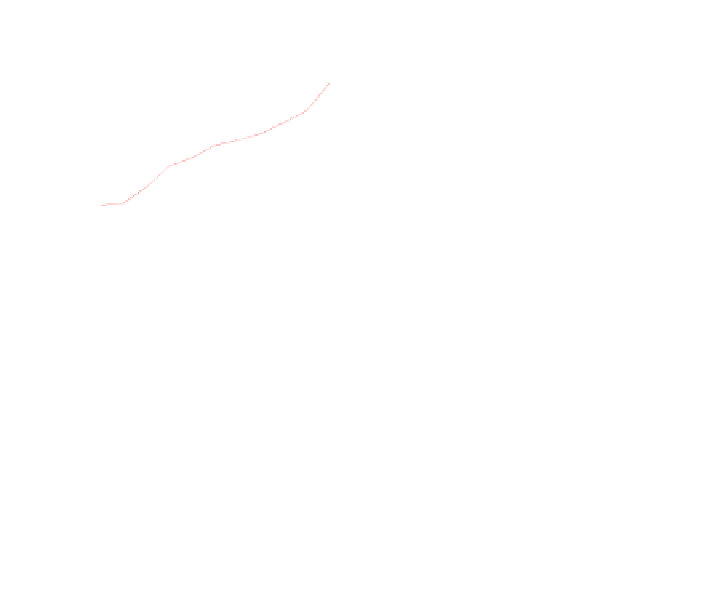










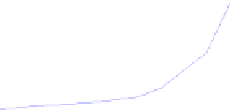






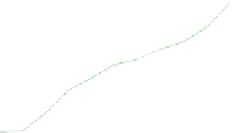





















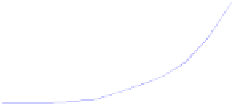











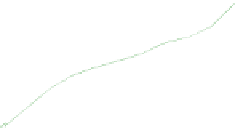






















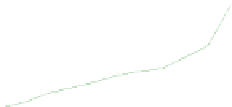





















































































































































































































































Search WWH ::

Custom Search